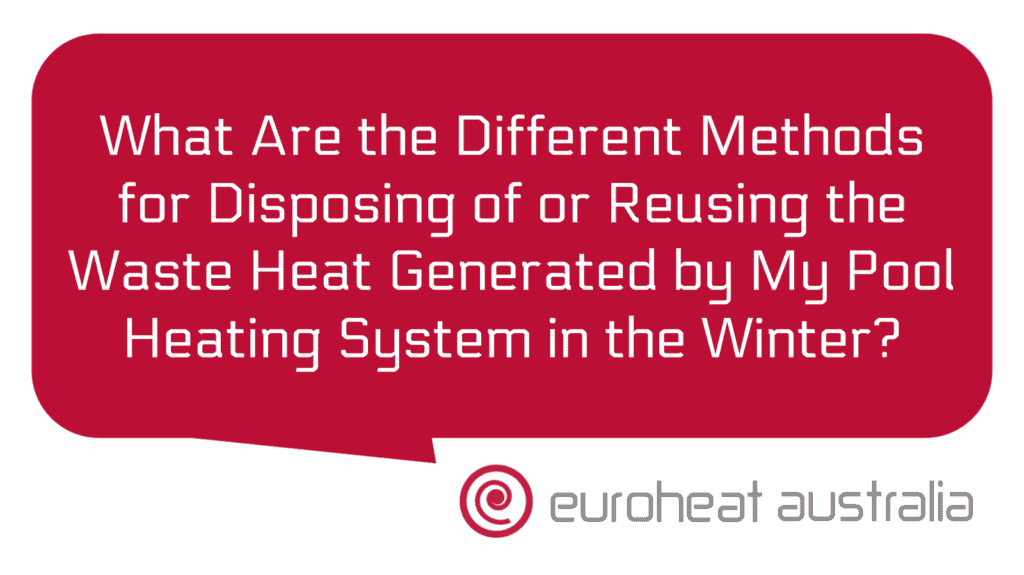When it comes to keeping your cellar cool, there are a number of different waste heat sources available. Depending on your needs, you may find one or more of them suitable for your cellar cooling system.
The most popular waste heat source is an air conditioner. Air conditioners use a refrigerant to transfer heat from inside the house out into the atmosphere. If you have an air conditioner that is used regularly, it can be used to cool your cellar by connecting it to a cooler system in the cellar. This will allow you to use the existing air conditioning unit to both cool the home and cool the cellar.
An alternative option is a geothermal system, which uses heat from underground sources such as hot springs or volcanoes to provide cooling energy for your cellar. This type of system can be extremely efficient, with some systems claiming up to 70% energy savings compared to conventional systems. Geothermal systems are also relatively low maintenance and can be installed relatively easily in comparison with other waste heat sources.
A third option is a radiant heating system, which uses pipes filled with hot water that runs through the walls of your home and transfers its energy into your cellar by radiating it outwards. This type of system is very efficient and cost-effective, but requires more complex installation than other types of waste chill sources.
Finally, there are hybrid systems that combine elements from all three types of waste chill sources mentioned above. These provide the greatest amount of efficiency and cost savings for homeowners who want their cooling system to run at its most efficient level possible.
The benefits of installing a waste heat recovery system in conjunction with any one of these types of chill sources are significant – not only can you save money on energy bills but you can also take advantage of improved comfort levels in your home due to effective temperature control throughout your home’s environment. For example, if you install a geothermal system alongside an air conditioner, you’ll be able to reduce overall energy costs while still providing effective temperature control throughout the house during summer months when air conditioning units are running at their highest levels or during winter months when Geothermal systems run at their lowest levels.
Adding an efficient design & installation service such as Euroheat Australia (the specialist Perth engineers & installers that design & construct hydronic heating & cooling systems) could bring even greater efficiency gains – potentially reducing energy costs by up to 10%, as well as improving comfort levels in the home and increasing equipment life expectancy by up to 20%. Installing this kind of expert service allows homeowners access not only improved efficiency but also access qualified advice regarding all aspects related to energy efficiency and climate control within their homes – allowing them peace-of-mind that their investment into increased comfort and efficiency will pay dividends for years down the track!





